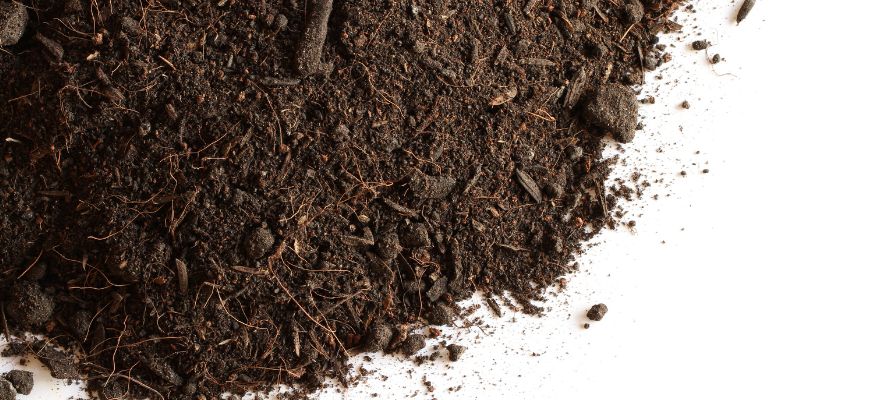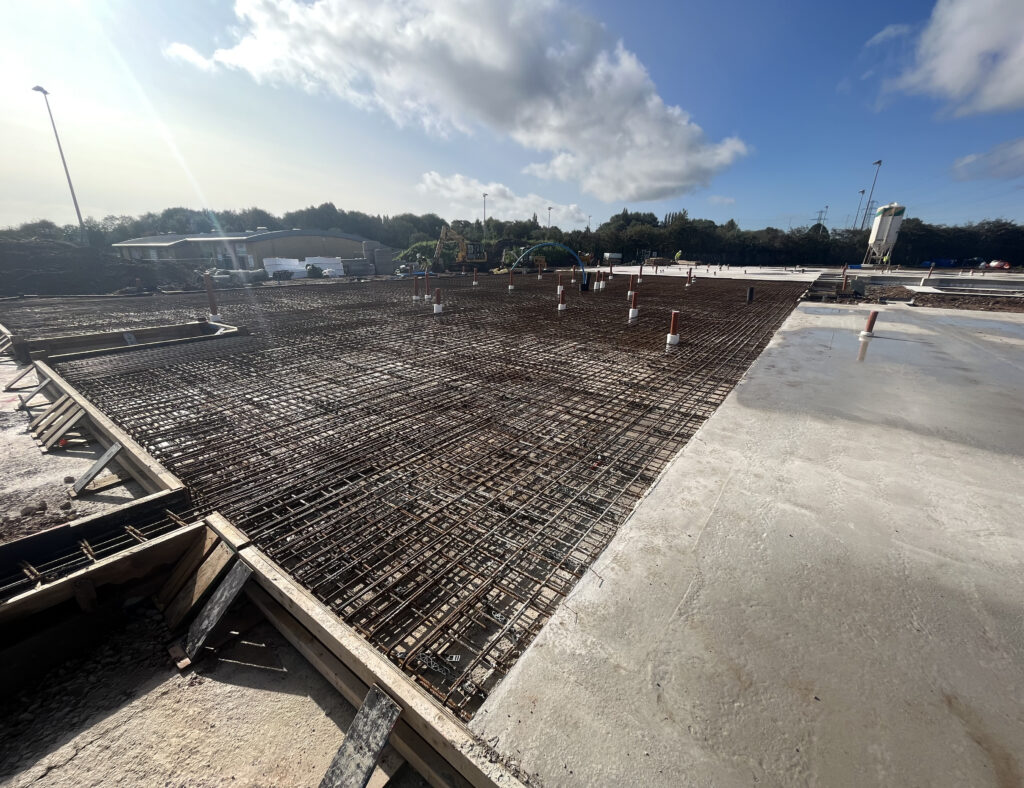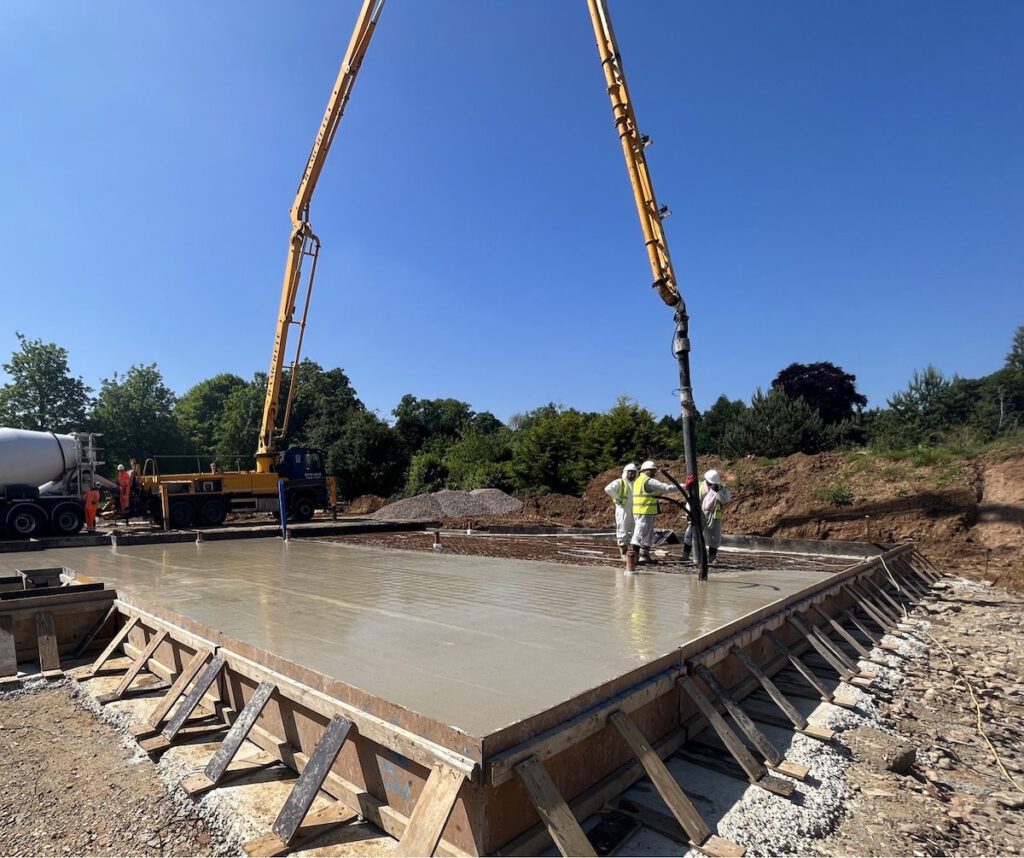Typically found in low-oxygen environments like marshes and bogs, Peat is a unique natural resource that makes up approximately 12% of England’s land area. Notably, peat is most common in regions such as The Fens in eastern England, Dartmoor in the South West, and certain areas of Yorkshire.
When dealing with peat, building projects can become complex due to its:
- high moisture content
- low shear strength
- significant compressibility

Peat map of England
Importantly, peat environments demand significant environmental considerations, and future construction projects must factor in careful peat management, with a shift of focus from drainage and excavation towards retention and re-wetting, to reduce the environmental impact.
Consequently, foundations and groundwork in areas with Peat must be meticulously planned and executed to ensure stability, safety, and with minimal environmental disruption.
Fortunately, several innovative solutions and mitigation measures exist to effectively manage these challenges.
Geotechnical Issues when Building on Peat
Among the problematic features of peat-rich areas are low bearing capacity and high compressibility, which can compromise the safety and stability of buildings, making certain techniques for constructing foundations unsuitable:
- Shallow foundations cannot be embedded directly on peat, as this causes instability.
- Excavations in peat are likely to be problematic due to peat’s low shear strength and high water content.
- Highly compressible peat can cause differential settlement, leading to structural damage, cracks, and tilting of buildings, as well as strain or breakage of service connections to utilities.
SPEEDECK’s Foundation Solutions in Areas with Underlying Peat
To ensure proper foundation support, constructions in peat soil need to be founded on more competent strata below the peat. Solutions will vary depending on the conditions of the layers on-site, but deeper foundations that bypass the peat layer, such as piling, are usually preferred as the piles transfer the load to better composed soils or rock beneath.

SPEEDECK piling on-site
Geotechnical Engineers would likely conduct an extensive site investigation in order to gain a complete understanding of the type and condition of the soil. This may involve drilling boreholes and analysing soil samples, and assessing the depth to firm strata. This would help provide a foundation solution that takes into consideration the makeup of the soil across the site and ensure an optimal pile design is implemented. SPEEDECK’s geotechnical engineers use their extensive knowledge to determine whether Continuous Flight Auger (CFA) piles or driven piles are the better solution.
Continuous Flight Auger (CFA) Piles for thin or Intermixed Peat Layers
Continuous Flight Auger (CFA) piles can be an appropriate solution when peat layers are thin or intermixed with other types of soil. These are often preferred due to their lighter weight and cost-effectiveness.
Driven Piles for Thicker Peat Levels
However, thicker peat layers may cause the soil to collapse during drilling and not support the pile. To address this, SPEEDECK can also employ driven piles, made of precast concrete. Driven piles are mechanically hammered into the ground, compacting and densifying the surrounding soil, increasing bearing capacity.

SPEEDECK installing driven piles
The decision between CFA piles and driven piles is not a straightforward one. It would depend on a thorough understanding of the proposed site’s geotechnical conditions, the project’s practical constraints, and compliance with any relevant regulations.
Environmental Factors when Building on Peat Deposits
Peatlands play a crucial role in sustaining healthy ecosystems and promoting a sustainable environment, serving as a significant carbon storage system, holding more carbon than all the world’s forests combined.
Therefore, the draining or excavation of Peat deposits can lead to the release of substantial amounts of carbon. The excavation process can be time-consuming, costly, and if not conducted correctly, may cause severe environmental damage.

Restored peatland field – Peat Hazards and Mitigation Measures
At SPEEDECK, we are committed to minimising environmental impact during construction. When managing ground conditions where Peat is a feature we focus on minimising settlement and excavation to reduce the impact of carbon release:
Lightweight Piling Rigs to Minimise Settlement
Our preferred approach uses lightweight piling rigs, these cause minimal settlement during pile installations, reducing the need for significant peat removal.
Leaving as Much Peat in the Ground as possible
By utilising minimal thickness piled rafts as part of a detailed pile design, we allow as much in-situ peat to be left in the ground as possible, keeping the environmental impact of carbon release from peat deposits as low as possible through a higher performance spec foundation scheme.
Conclusion
Building on peat deposits can be notoriously challenging. However, with strategic planning and the application of the right techniques, the associated risks can be significantly reduced.
Recognising the potential hazards and understanding the required mitigation measures are crucial to ensuring safe and successful project outcomes. SPEEDECK’s geotechnical expertise offers an efficient solution for developers and contractors building foundations in areas of underlying peat, and can provide the expertise necessary to navigate the constraints that Peat can put on a development.
Consider all the points discussed here and if you would like any more clarification, please do get in touch – our experts at SPEEDECK will be more than happy to provide informative advice tailored specifically to your needs.






